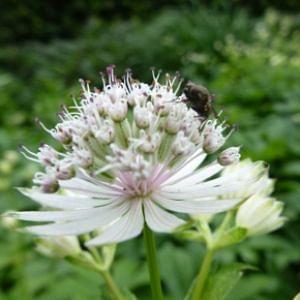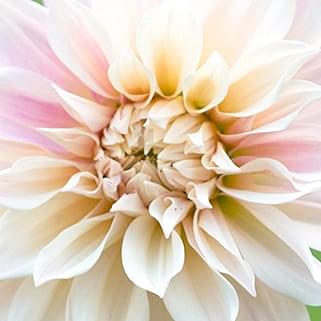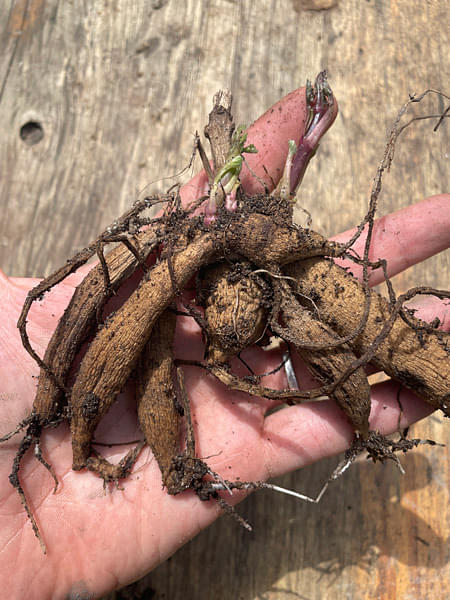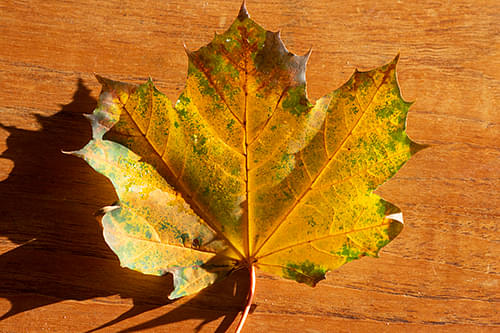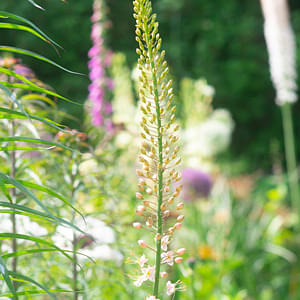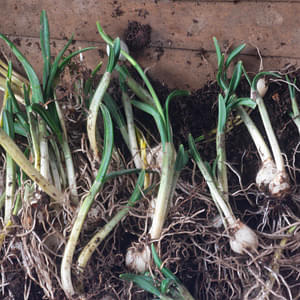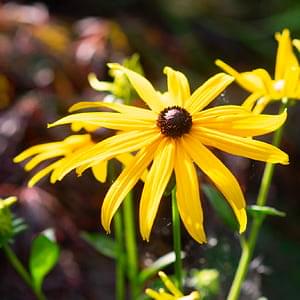How to plant astrantias
- How to plant Bulbs - Spring planting plants
- 19 Feb 2020
-
20views
Also known as masterworts or Hattie’s pincushions, astrantias are pretty clump-forming hardy perennials loved by pollinating insects producing delicate pincushion-type flowers — this fine appearance however, belies incredibly tough and resilient plants that will thrive in most garden settings. Try mixing these garden favourites with other perennials such as brunneras, geraniums, grasses, heucheras, irises, lavenders, salvias and thalictrums. They are great for fresh and dried flower bouquets.
Plant in moist, fertile, humus-rich soil in sun or partial shade. Although most astrantias will tolerate drier conditions, water them regularly in dry weather to prevent them from drying out. If they are not dead-headed after flowering, they will freely self-seed.
Astrantias are supplied in 9 cm pots. Always unpack and plant on arrival.
Potential problems, pests and diseases:
- Aphids: these sap-eating insects can weaken plants and spread viruses. Whenever possible, pick off by hand using gloves.
- Snails and slugs: these pests enjoy munching on young shoots, stems, leaves and flowers. Watch out for damage!
- Powdery mildews: these fungal diseases usually caused by planting in the shade or by poor air circulation can be seen in the form of white, powdery coating on the leaves. Cut off any infected material before disinfecting your scissors.




